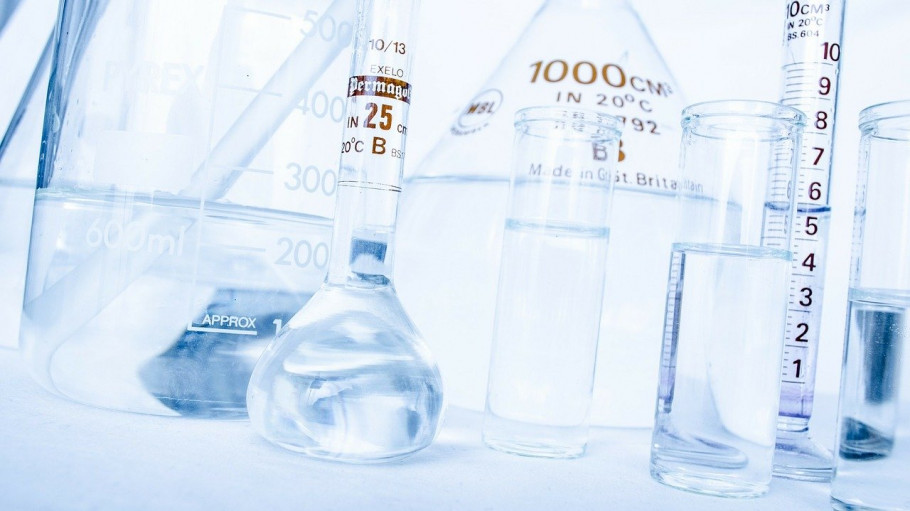REACH is an abbreviation for the Registration, Evaluation, Authorisation and Restriction of Chemicals. The European Community Regulation on chemicals and their safe use came into force in June 2007.
REACH covers all chemical substances on their own, in preparations and in some articles. All substances that are manufactured or imported in quantities above one tonne per year per manufacturer or importer have to be registered.
Exemptions, such as for waste, apply where other EU legislation provides a similar level of protection for human health and the environment. In addition, REACH Annexes IV and V, respectively, list individual substances like argon, nitrogen, etc, and groups of substances like minerals, ores, process gases etc, that are exempt from registration because their properties are well-known and they are deemed to cause minimal harm.
REACH consists of four main stages:
- Registration: Importers and manufacturers of substances in quantities over one tonne per year must register their substances with the European Chemicals Agency (ECHA) based in Helsinki, which is responsible for coordinating registration at community level.
- Evaluation: The ECHA, in conjunction with the relevant authority in each Member State, will review registration dossiers to determine the impact of substances on human health and the environment and, where necessary, they may request further information or testing.
- Authorisation: Substances of Very High Concern (SVHC, such as carcinogens, mutagens, reproductive toxicants and those harmful to nature classified R50/53) must require authorisation for each use.
- Restriction: Member State authorities may request the restriction of the manufacture or use of a substance where there is an unacceptable risk to human health or the environment that needs to be addressed on a Community-wide basis.
Manufacturers and importers have certain duties to manage the risks posed by using chemicals. These include an obligation to:
- prepare risk assessments and to register their substances;
- provide appropriate safety information to downstream users and, for the more hazardous substances, to consumers, and
- pass information on chemical hazards and management techniques up and down the supply chain.
Downstream users of chemical substances:
- must apply the risk management measures identified by the supplier and communicated to them via Safety Data Sheets (SDS) and pass this information down the supply chain, and
- should make their suppliers aware of how they use each substance so that the supplier can include these uses in the risk assessment and risk management information in the SDS.
Representing the European steel industry, it is EUROFER's task to give its members guidance on the implementation of EU legislation. Support includes a REACH Helpdesk as well as a EUROFER Reach Forum, accessible for members on the EUROFER extranet.

